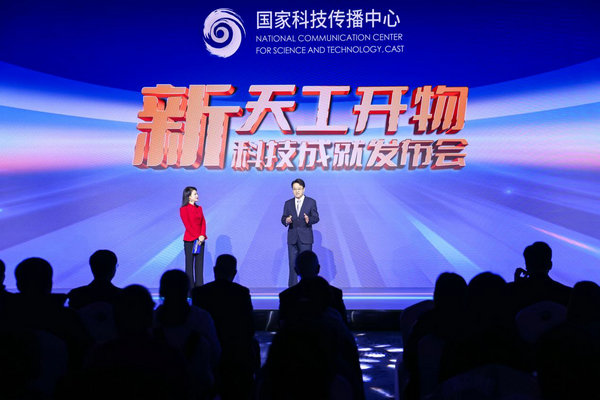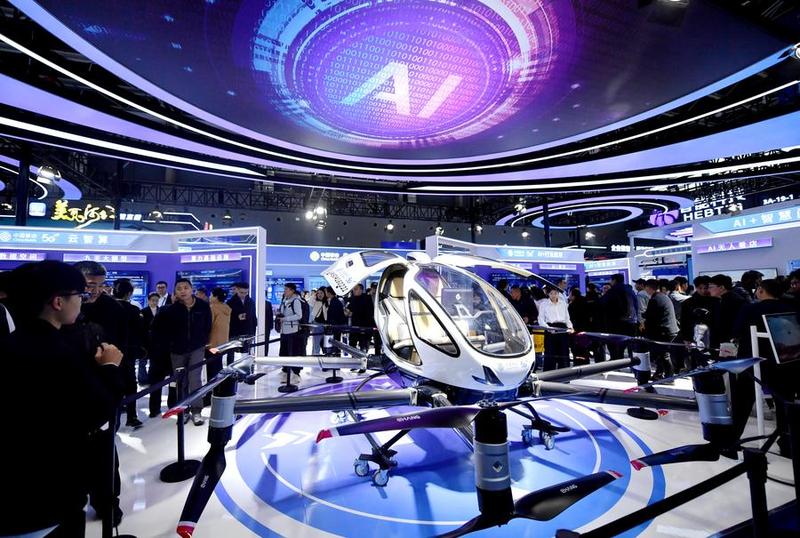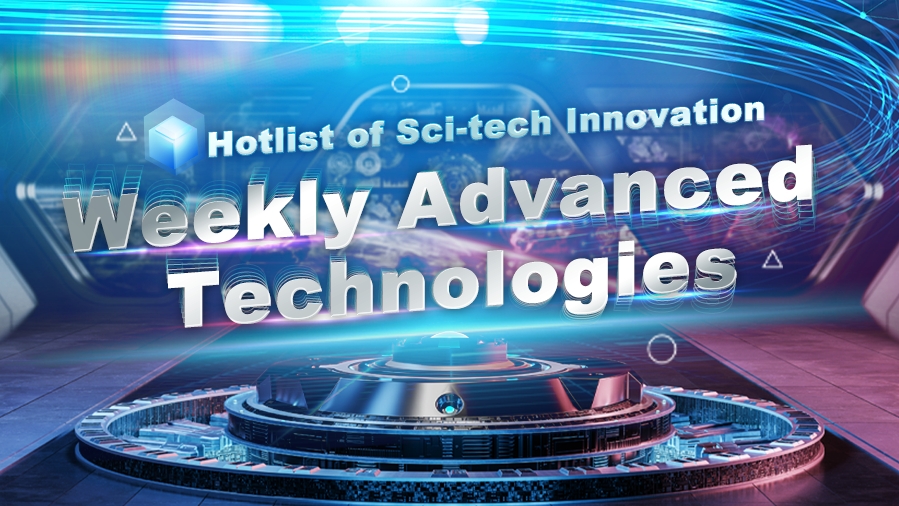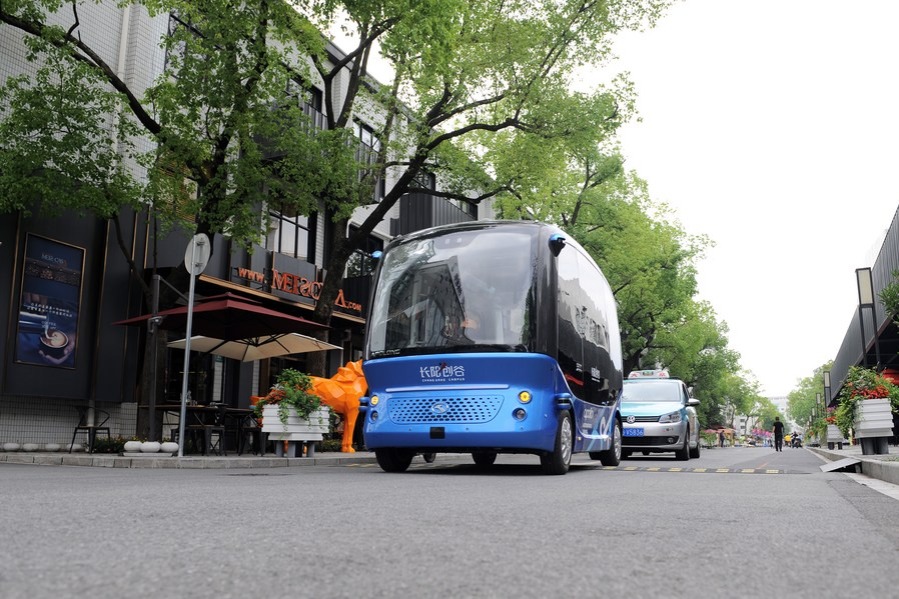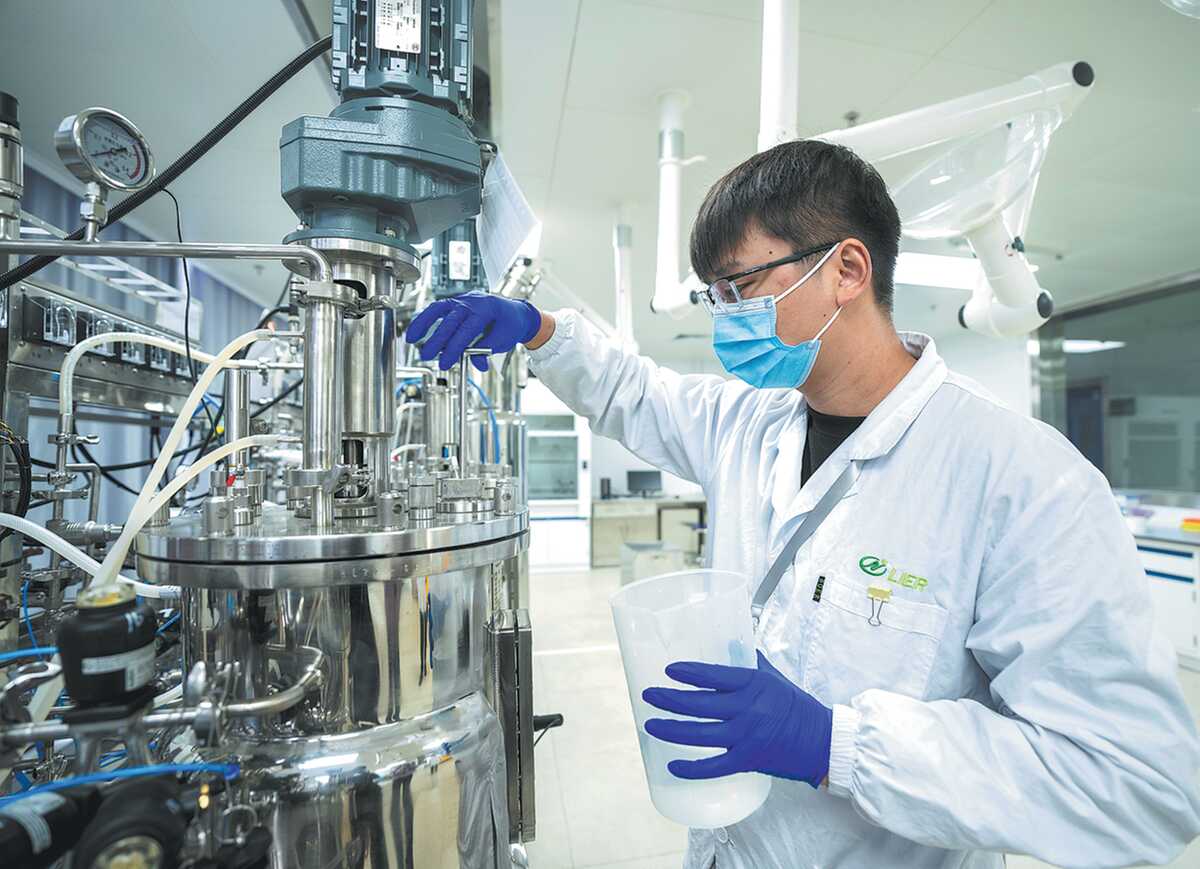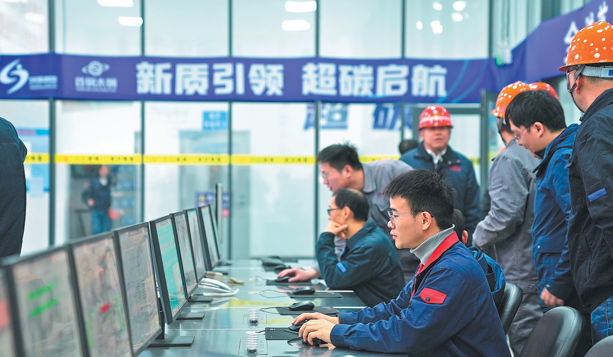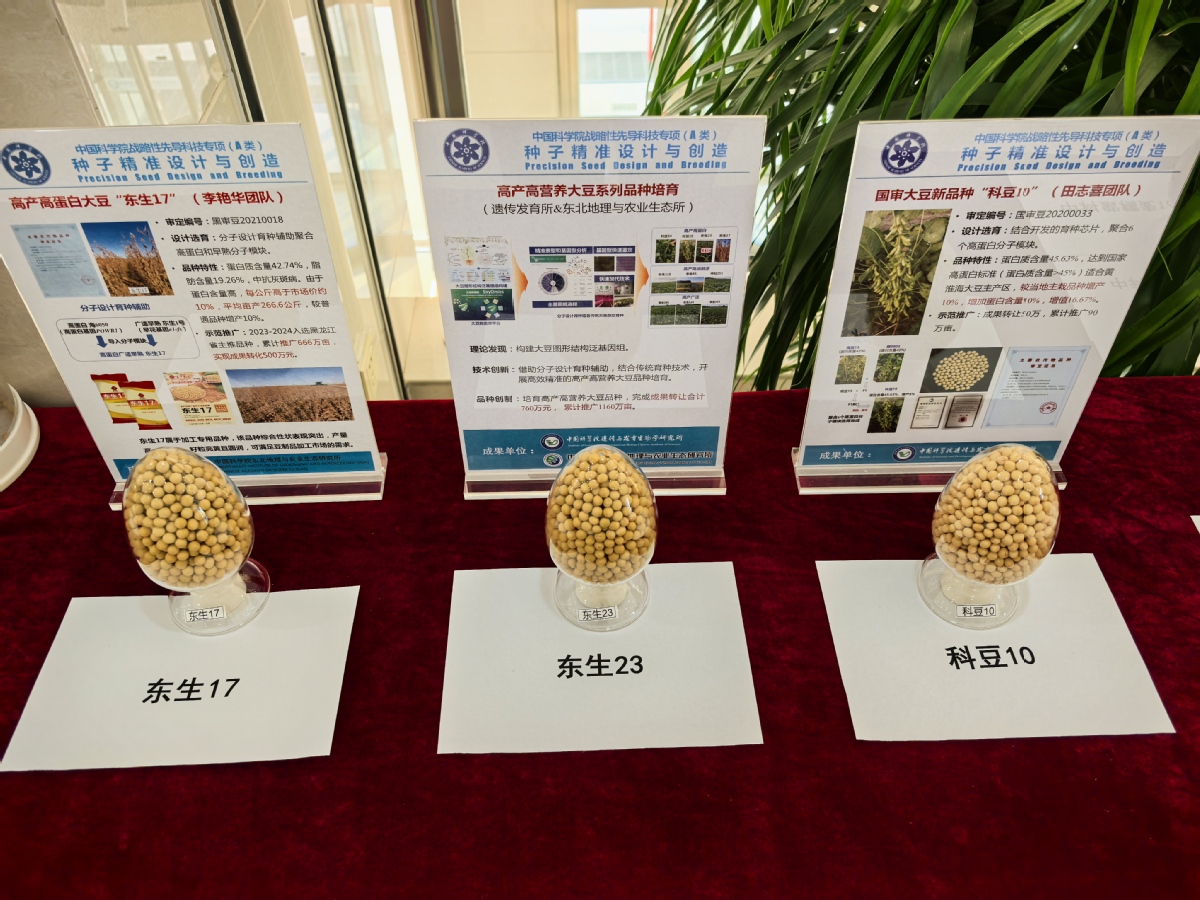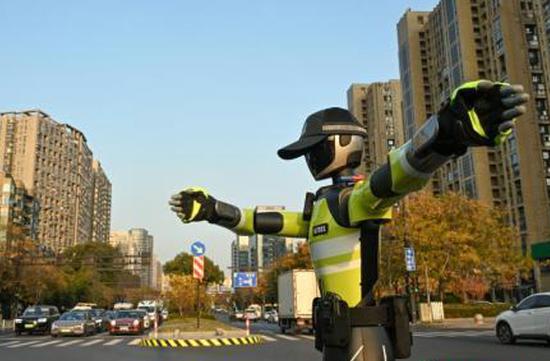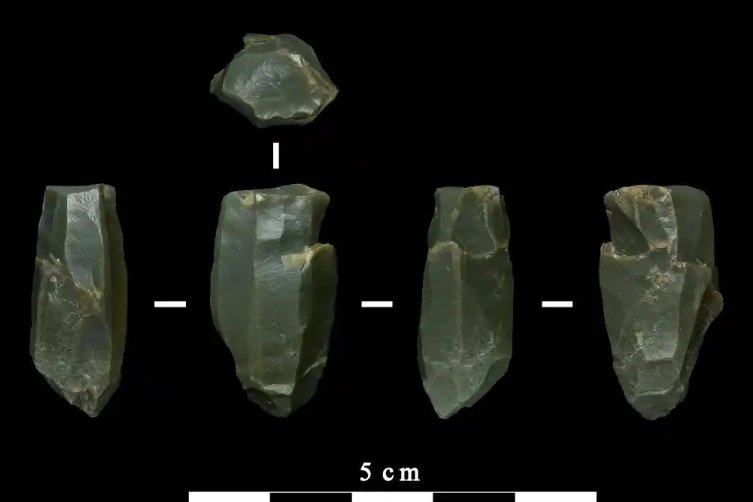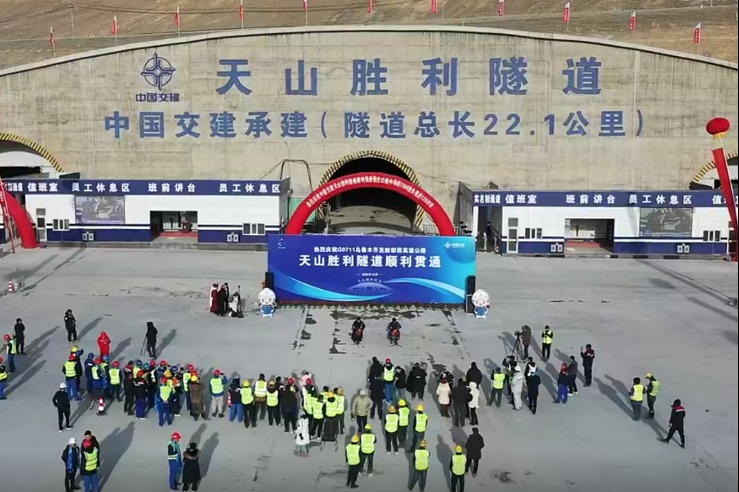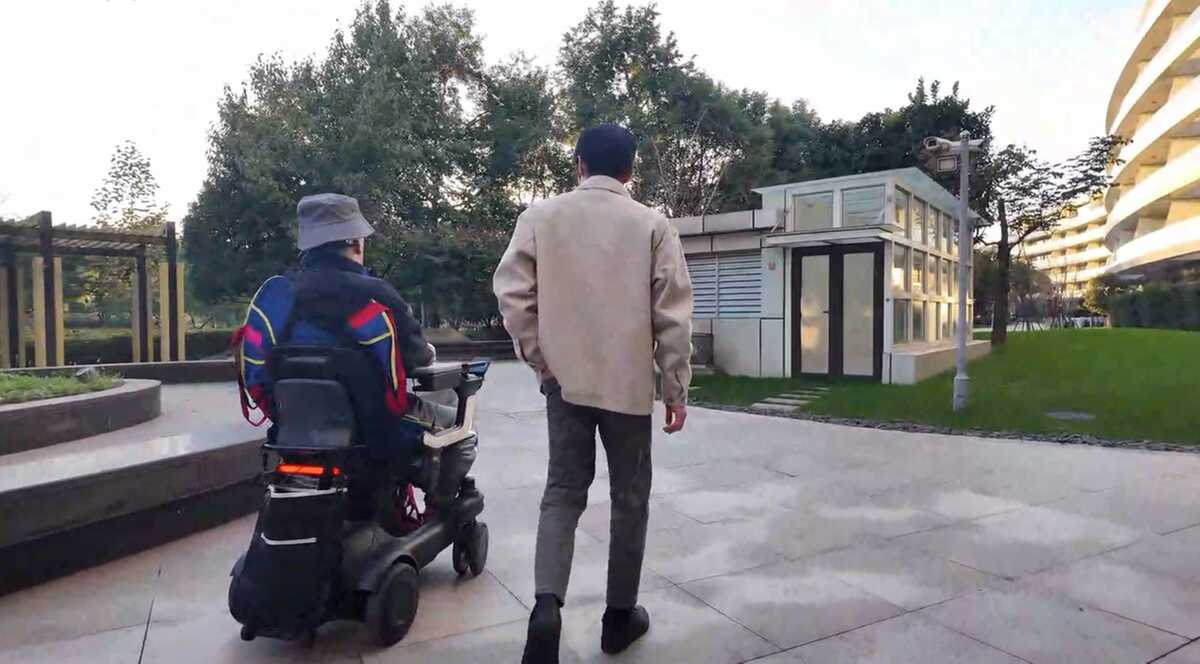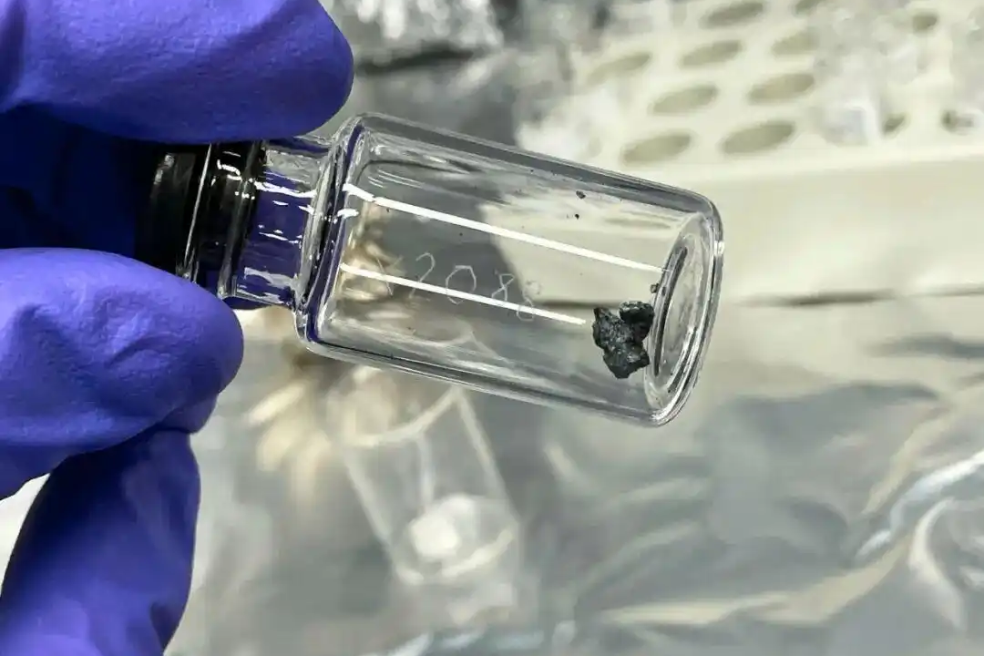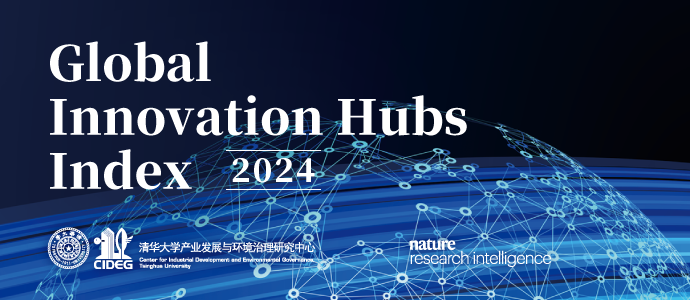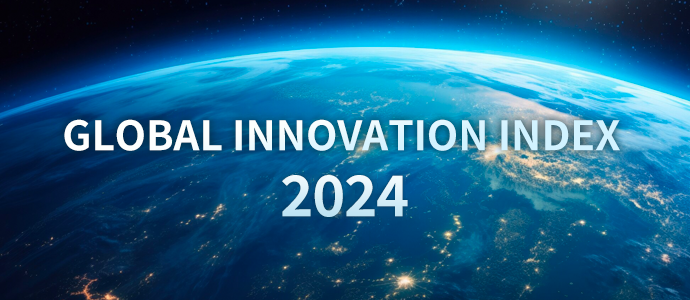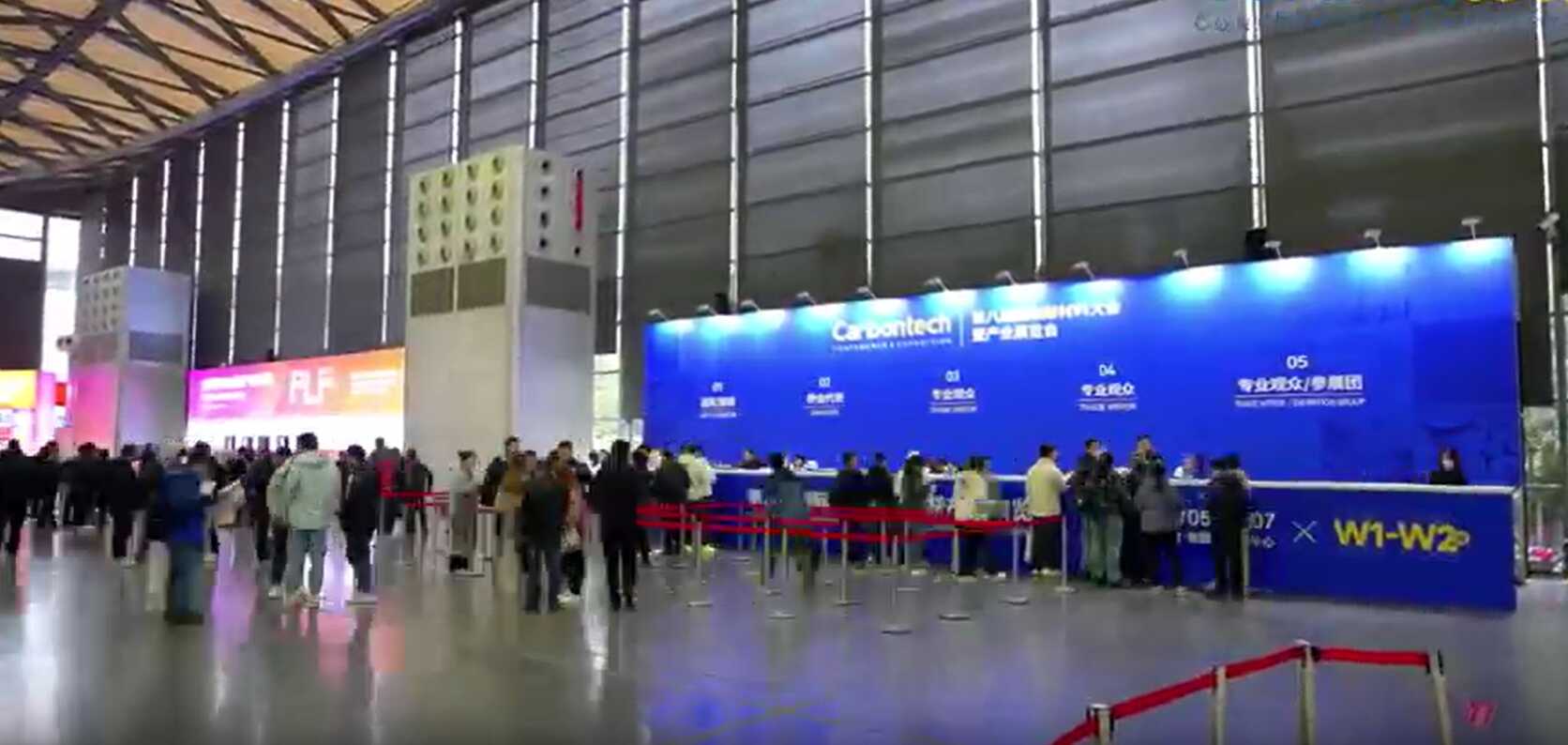-
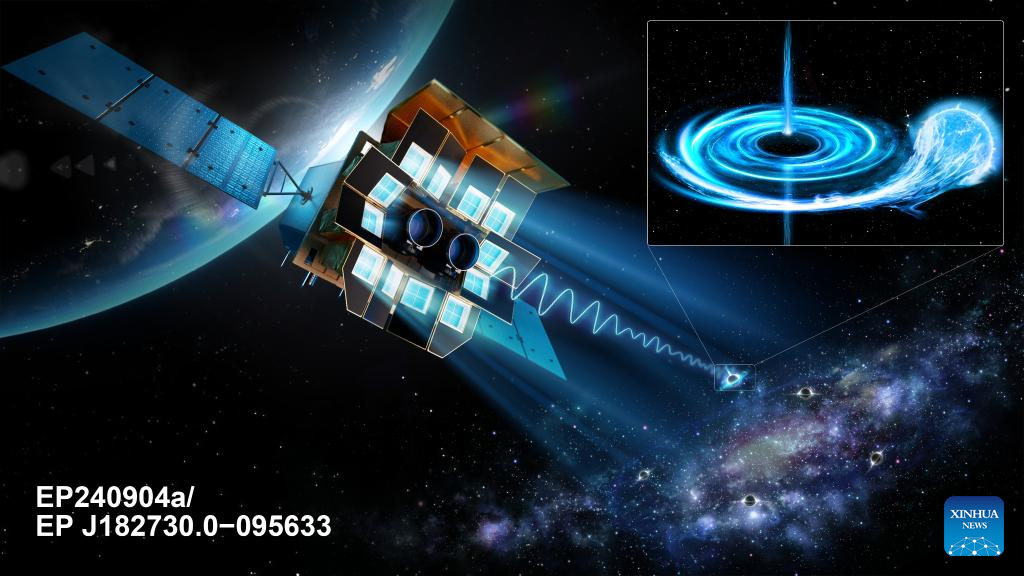
-
Chinese satellite reveals mysterious cosmic 'fireworks'
In the course of almost two years after China's astronomical satellite named Einstein Probe was launched, it has mana...Read more
-
-
Beijing to build space data center 700-800 km above Earth
The Beijing sci-tech commission, along with space research institutions and enterprises in the city, plans to establi...Read more
-
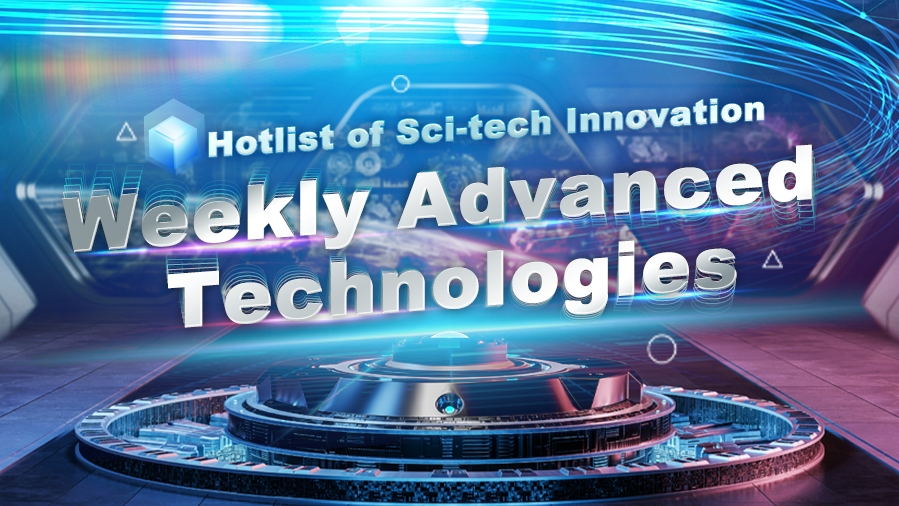
-
Weekly Advanced Technologies〔93〕
High-Precision Thickness Characterization of Nanofilms via Vertical Cross-Sectional PreparationRead more
-
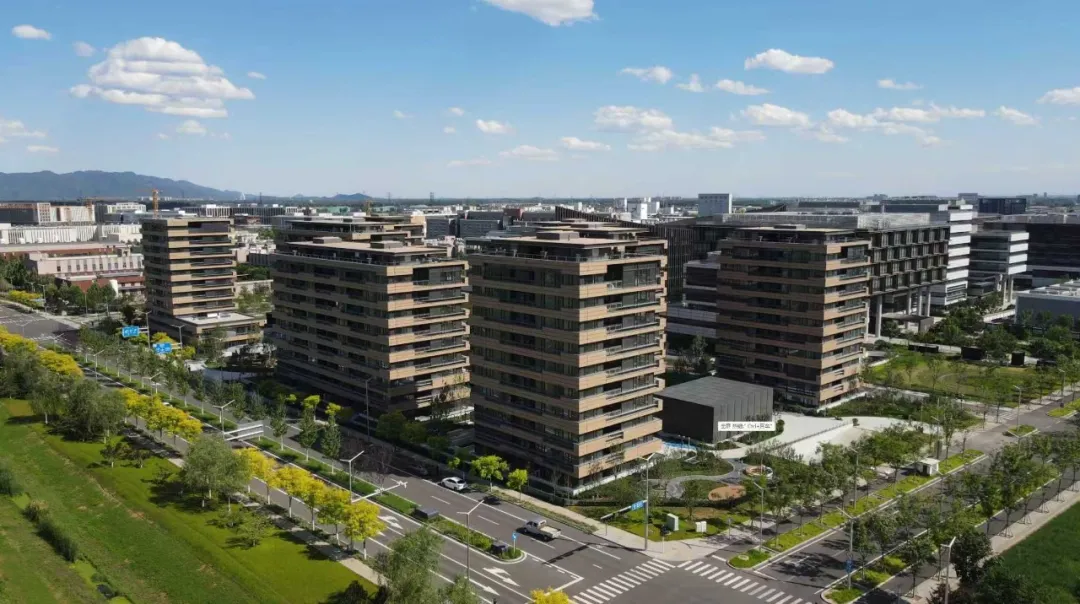
-
Beijing Adds 196 New International Expert Apartments
Recently, the B-North section of the Huairou Science City Urban Living Room project passed its specialized fire safet...Read more
-
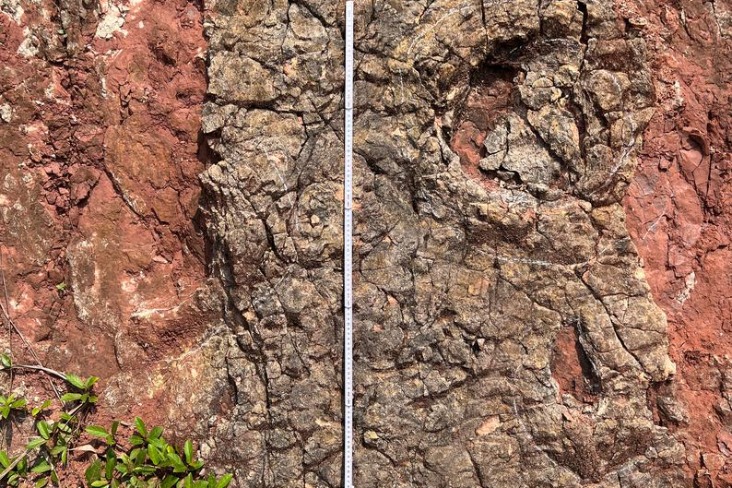
-
Scientists discover important Early Jurassic dinosaur tracks
A team of international scientists from China, Germany and the United States has identified an important assemblage o...Read more
-
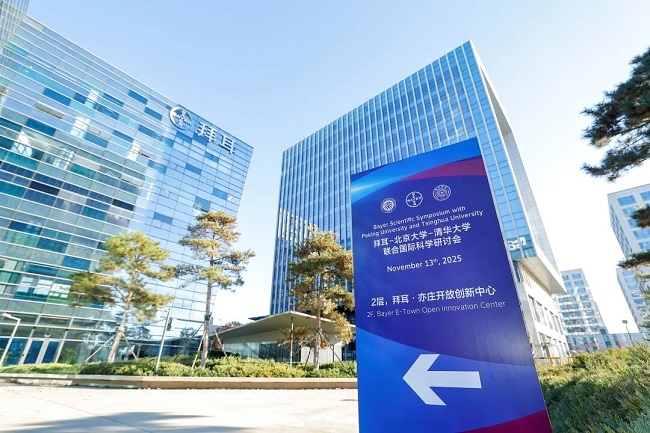
-
Bayer's first innovation center in China now operational
Bayer's first innovation center in China, the Bayer E-Town Open Innovation Center, began operations in Beijing E-to...Read more
-
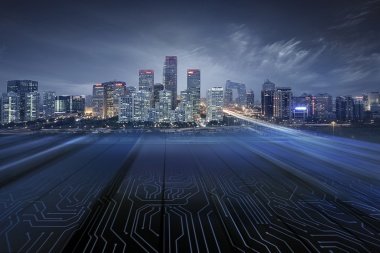
-
Beijing Secures Top Spots in Global Science City Rankings for Nine ...
On November 16, the Nature Index 2025 Science Cities and the Global Innovation Hubs Index 2025 (GIHI 2025) were relea...Read more
-
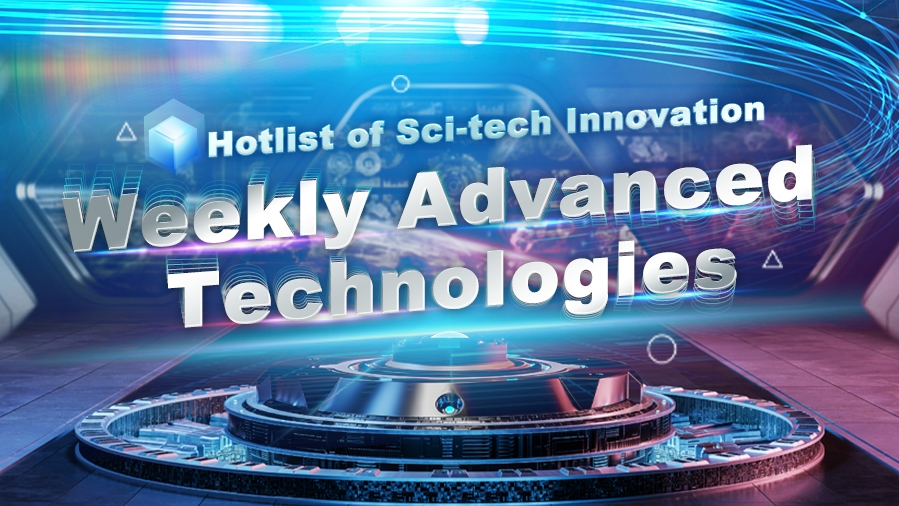
-
Weekly Advanced Technologies〔92〕
Metastable inorganic SEI unlocks lithium battery fast-chargingRead more
-
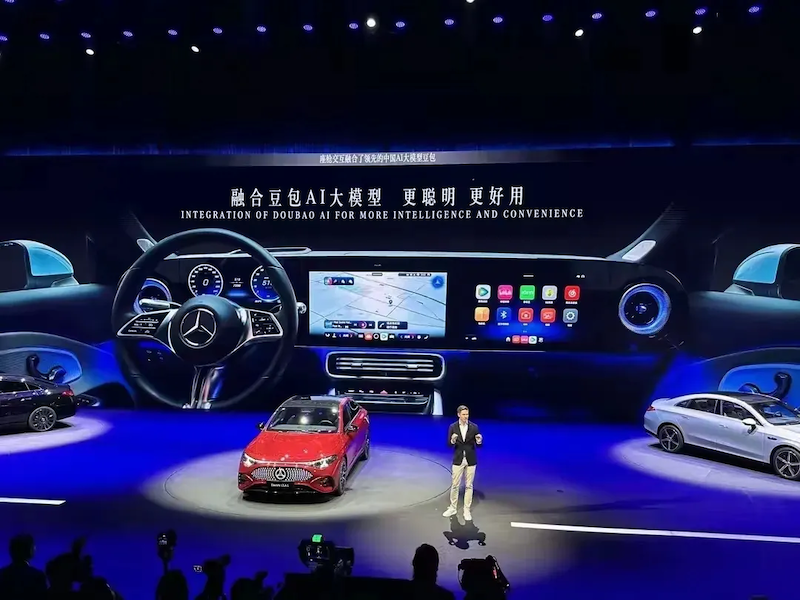
-
Beijing's First Foreign-Invested Enterprise's Large Model Passes St...
The Mercedes-Benz Virtual Assistant large model has just been recommended for filing by Beijing, developed by Mercede...Read more
-
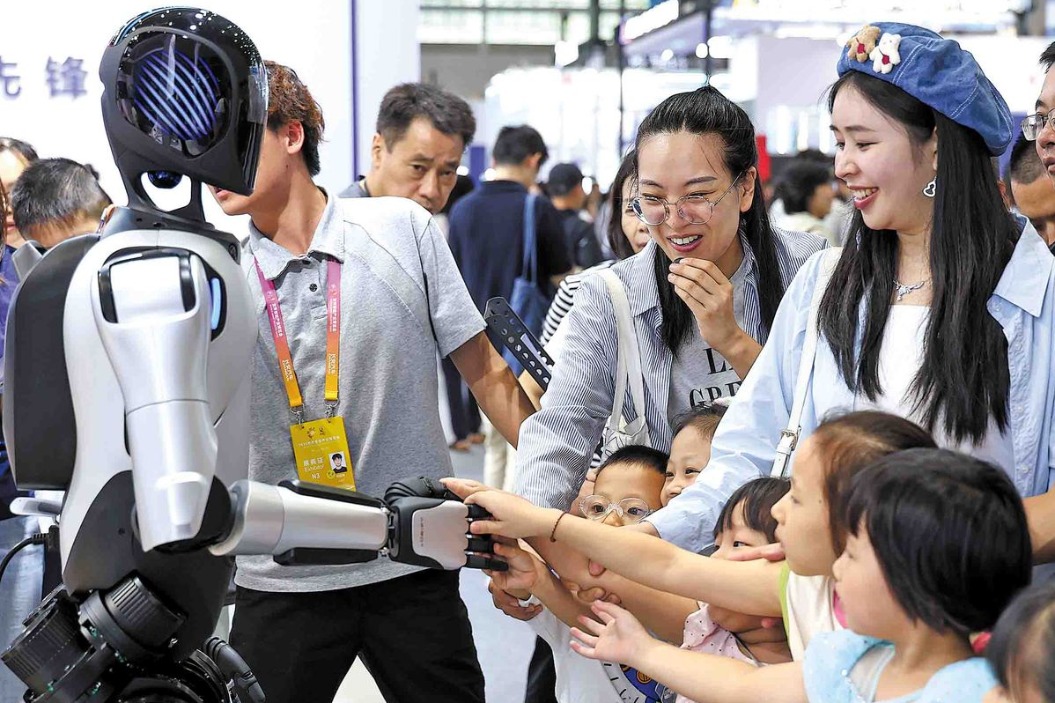
-
Global experts seek to partner China in developing embodied intelli...
Global experts gathered in Beijing recently to discuss the broad applications of embodied intelligence, expressing ho...Read more
Sci-Tech Info

Three Cities One Area
"Three Cities, One Area" refers to Zhongguancun Science City, Huairou Science City, Future Science City, Innovative Industrial Cluster Demonstration Zone (Beijing Economic-Technological Development Area and Shunyi District), which is the main platform for the construction of Beijing International Center for Science and Technology Innovation.
See All >
Zhongguancun Science Park located in China's capital city, Beijing. Zhongguancun Science Park (also known as Z-Park) covers a total area of 488 square kilometers. It is China's first national high-tech zone and the first national innovation demonstration zone. With a well-established industry ecosystem and innovation chain, Z-Park is a pacesetter for sci-tech innovation in China, playing a crucial role in promoting high-quality economic and social development.
Regarding the industrial layout, Z-Park has formed key industrial systems such as the next-generation information technology, biomedicine, smart manufacturing, modern transportation, new energy and energy conservation, and new materials. These industrial systems have continuously produced original and pioneering innovations for Z-Park.
In the realm of innovation and entrepreneurship, Z-Park houses many tech giants such as Baidu, Tencent, Lenovo, as well as emerging stars like Douyin, Xiaomi, and JD.com. It is home to research institutions and innovation platforms, and serves as a hub of financial resources for sci-tech innovation. Offering a wide range of services and support for enterprises, Z-Park covers everything from R&D and commercialization of research outcomes, to enterprise incubation, technology transfer, international cooperation, and more.
As for international cooperation, Z-Park has rolled out multi-tiered and categorized supportive policies for companies, including encouraging the establishment and growth of foreign-funded R&D centers. Additionally, the park organizes various international events such as the Zhongguancun Forum and the International Congress of Basic Science, which facilitate ongoing international exchanges and sci-tech cooperation.
● Zhongguancun originated from Electronic Street in the early 1980s (January 1983 -- April 1988)
On October 23, 1980, Chen Chunxian, a researcher from the Institute of Physics of the Chinese Academy of Sciences who had been to Silicon Valley for reference twice before, together with six technical personnel, established the Advanced Technology Development Service Department of Beijing Plasma Society with the support of Beijing Municipal Association for Science and Technology, which had opened the prelude of the technical personnel facing the market and starting their own business. Around 1984, there were a number of technical personnel in Zhongguancun area who "xiahai" (go into business) to do business, exploring ways to transform S&T achievements into productive forces by establishment of private S&T enterprises. By 1987, nearly 100 S&T enterprises represented by four companies (namely, STONE Company, BOCOIter-telecome Company, Sciencesea Electronics Company, and Jinghai Electronic Technology Company) gathered in the area from Baishi Bridge along Baiyi Road (today's Zhongguancun Street) to Chengfu Road and Zhongguancun Road in the north to Haidian Road, and to Xueyuan Road in the east, forming the capital letter "F" type area, known as the "Electronic Street".
● Beijing New Technology Industry Development Experimental Area Period (May 1988 -- May 1999)
On May 10, 1988, the State Council officially approved the Interim Regulations of Beijing New Technology Industry Development Experimental Area, stipulating that, with Zhongguancun area as the center, an area of about 100 square kilometers is designated within Haidian District of Beijing as the policy area of Beijing New Technology Industry Development Experimental Area. On May 20, the Beijing Municipal Government issued the Interim Regulations of Beijing New Technology Industry Development Experimental Area, since then the new technology industry development experimental area was officially established. In April 1994, the State Science and Technology Commission approved Fengtai Park and Changping Park into the policy area of the experimental area. In January 1999, with the approval of the State Science and Technology Commission, the experimental area was adjusted again, so that the Electronic City and the Yizhuang Park were included in the policy area of the experimental area. Since then, the new technology industry development experimental area in Beijing has formed a spatial pattern of "one zone with five parks".
● Zhongguancun Science Park Period (June 1999 -- February 2009)
On June 5, 1999, the State Council issued the Reply on Issues Related to the Construction of Zhongguancun Science Park, agreeing in principle with the opinions on accelerating the construction of Zhongguancun Science Park and the development plan of Zhongguancun Science Park in the Request for Instructions on Implementing the Strategy of Rejuvenating the Country through Science and Education to Accelerate the Construction of Zhongguancun Science Park submitted by Beijing Municipal Government and the Ministry of Science and Technology. On August 10, the Beijing Municipal Government issued a notice that it decided to change the name of the Administrative Committee of Beijing New Technology Industry Development Experimental Area to Administrative Committee of Zhongguancun Science Park. On January 17, 2006, with the approval of the State Council, the National Development and Reform Commission announced the fifth batch of 20 state-level development zones that passed the examination and approval (No.3, 2006). After the adjustment, the total area of Zhongguancun Science Park is 23,252.29 hectares, including Haidian Park, Fengtai Park, Changping Park, Desheng Park (including Yonghe Park), Electronic City (including Jianxiang Park), Yizhuang Park (including Tongzhou Opto-Mechatronic Integration Park and Tongzhou Environmental Protection Park), Shijingshan Park, Daxing Biological Pharmaceutical Industry Base, etc., forming a spatial pattern of "one zone with ten parks".
● Zhongguancun National Independent Innovation Demonstration Zone period (March 2009 --)
On March 13, 2009, the State Council issued the Reply on Agreeing to Support the Construction of Zhongguancun Science Park as a National Independent Innovation Demonstration Zone, clarifying the new positioning of Zhongguancun Science Park as a national independent innovation demonstration zone, with the goal of becoming an S&T innovation center with global influence. On December 23, 2010, the 22nd meeting of the Standing Committee of the 13th Beijing Municipal People's Congress voted to adopt the Regulations of Zhongguancun National Independent Innovation Demonstration Zone, which stipulated clearly: "The Zhongguancun National Independent Innovation Demonstration Zone consists of several parks, including Haidian Park, Fengtai Park, Changping Park, Electronic City, Yizhuang Park, Desheng Park, Shijingshan Park, Yonghe Park, Tongzhou Park, Daxing Biomedical Industry Base and other areas designated by the municipal government according to the approval of the State Council." On October 13, 2012, the State Council approved the adjustment of the spatial scale and layout of Zhongguancun National Independent Innovation Demonstration Zone, which was expanded from 10 parks in one zone to 16 parks in one zone, including Dongcheng Park, Xicheng Park, Chaoyang Park, Haidian Park, Fengtai Park, Shijingshan Park, Mentougou Park, Fangshan Park, Tongzhou Park, Shunyi Park, Daxing-Yizhuang Park, Changping Park, Pinggu Park, Huairou Park, Miyun Park, Yanqing Park and other parks.
Events
Resources & Services

-
Huairou science cluster strengthens global research cooperation in Beijing
Huairou district officials said Thursday that the area's growing cluster of large scientific facilities is now open to international partners, a move aimed at strengthening the Beijing district's r...
-
Beijing Electron Positron Collider (BEPCII)
The Beijing Electron-Positron Collider II (BEPCII) is IHEP’s main accelerator facility. BEPCII is a two-ring e+e- collider running in the tau-charm energy region (Ecm = 2.0-4.2 GeV), which, with a...
-
Remote Sensing Aircraft (RSA)
Two Citation S/II Remote Sensing Aircraft (hereafter referred to as RSA) of Chinese Academy of Sciences (CAS), are minitype business aircraft produced by Cessna Aircraft Company on 1986 and modifie...
-
China's High Energy Photon Source targets trial run by end-2025
The High Energy Photon Source (HEPS), China's flagship synchrotron radiation facility, is set to begin trial operations by the end of 2025, according to the project team.
-
Science Talk: Huairou science facility poised to revolutionize research
China's pioneering High Energy Photon Source (HEPS), Asia's first fourth-generation synchrotron radiation facility, has entered its critical joint commissioning phase, marking the final stage of ...
-
High-tech facility in Huairou aids cutting-edge research
Amid the forested hills and mirror-like lakes of Beijing's Huairou district, a scientific revolution is unfolding at ultrafast timescales.
-
Construction of China's High Energy Photon Source enters final stage
The High Energy Photon Source, China's flagship synchrotron radiation facility, has officially launched its joint commissioning phase, marking its final construction stage.
-
Key extreme-condition research facility opens
A key scientific facility in Beijing that can generate ultra-extreme experimental conditions is now operational, enabling scientists to conduct groundbreaking research with advanced equipment, the ...
-
China Remote Sensing Satellite Ground Station
RSGS is not only a major national science and technology infrastructure but also a member of international ground stations group on Earth Observation. As one of the world’s busiest ground stations...
-
Meridian Space Weather Monitoring Project
The Meridian Space Weather Monitoring Project (or Chinese Meridian Project) is a ground-based program to monitor China’s geospace environment to acknowledge the needs of both basic science and use...
-
11/28/2025
Huairou science cluster strengthens global research cooperation in Beijing
-
11/14/2025
MIIT: China has finished its first phase of 6G tech trials
-
11/14/2025
New guideline prioritizes innovation over metrics
-
11/04/2025
China to unveil plans to integrate AI with manufacturing
-
11/04/2025
China unveils plan for breakthroughs in water-saving equipment


-
09/16/2025
AI key driver for services growth
-
09/12/2025
Smart tech applications accelerating across sectors
-
09/10/2025
IASP 2025 Beijing
-
08/02/2025
Beijing gears up for 2025 World Robot Conference with robotics innovation
-
07/30/2025
Chinese passport holders enjoy visa-free or visa-on-arrival access to over 90 countries


-
03/16/2022
BDA launches eighth Boda Contribution Special Awards
-
01/04/2022
Future Science Prize
-
01/04/2022
China International Science and Technology Cooperation Award
-
01/04/2022
State Council unveils national science, technology awards


-
Opportunity to do Bachelor Thesis Projects in Koziol Lab, Beijing, CIBR
The Koziol lab is seeking highly motivated students interested in doing their bachelor thesis in fields of a) Molec...
-
Call for 2022 Doctoral Programs for International Students
The University of Chinese Academy of Sciences (UCAS) accepts international students through over 20 UCAS faculties an...
-
Koziol Lab Job Advert: Research Assistant / Internship / Thesis Projects
The Koziol lab is seeking highly motivated candidates with diverse backgrounds interested in applying different appro...


-
Okubo Lab Job Advert: Machine Learning engineer/Data scientist
We are a new group at the Chinese Institute for Brain Research (CIBR), Beijing, which focuses on using modern data sc...
-
Leading Scientists/Team Leaders Wanted at Laboratory of Plant Diversity and Prominent Crops (Proposed)
The Laboratory of Plant Diversity and Prominent Crops(proposed)is looking for applications for the positions of leadi...
-
Neuroscience Bulletin Seeks Executive Associate Editor-in-Chief
Neuroscience Bulletin (NB, https://www.springer.com/journal/12264; http://www.neurosci.cn), the official journal of t...



